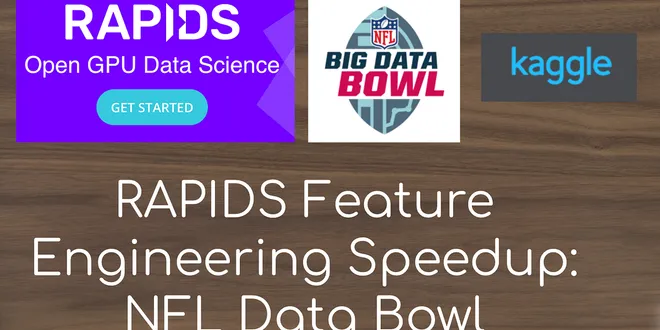Rapids

Pandas vs Polars vs Rapids: What’s the Most Convenient for a Laptop?
Stepping into the ever-evolving realm of data analysis, the choice of the right library for data processing has become important. In this dynamic landscape, Pandas, Polars, and Rapids emerge as formid...
📚 Read more at Level Up Coding🔎 Find similar documents

Feature Engineering with RAPIDS: NFL Data Bowl
Before starting this article, I want to ease your skepticism of switching from pandas to RAPIDS cudf, RAPIDS cudf uses the same API as pandas! RAPIDS is moving traditional Data Science workflows on…
📚 Read more at Towards Data Science🔎 Find similar documents

Quick Install Guide: Nvidia RAPIDS + BlazingSQL on AWS SageMaker
RAPIDS was announced on October 10, 2018 and since then the folks in NVIDIA have worked day and night to add an impressive number of features each release. The preferred installation methods…
📚 Read more at Towards Data Science🔎 Find similar documents

Rainbows on the prairie
Rainbows on the prairie July 30, 2010 This was originally posted on blogger here . What is life like on the prairie? Well, under the right conditions it is like this: About two months ago I rented a n...
📚 Read more at Daniel Roy Greenfeld Blog🔎 Find similar documents

